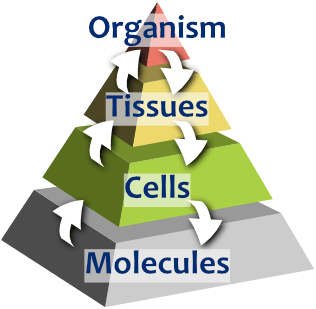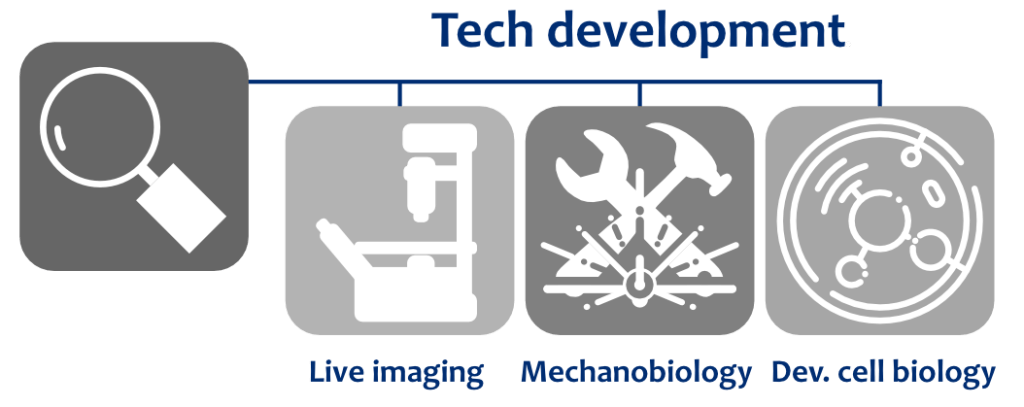What we do

We explore the fundamental biomechanical principles that synergize with biological mechanisms to orchestrate tissue morphogenesis, the process tissues take shape during embryonic development. It is a multiscale process spanning molecular, cellular, tissue, and entire organism scales, unfolding over developmental timeframes. Our focus includes:
[1] Unraveling the emergence of mechanical properties essential for proper shape and function during development.
[2] Deciphering how large-scale mechanical signals direct morphogenetic behaviors on smaller scales.
[3] Exploring the connection between deviations from these mechanical blueprints and congenital anomalies.
[4] Developing engineering approaches to replicate the vital mechanical traits to reinstate proper development.
How we do it


Current projects
Convergent extension (CE) is a conserved collective cell movement that elongates various embryonic tissues, like the neural tube, heart, kidney, limbs, and cochlear (a). It elongates tissues by orchestrating repeated cell intercalations that converge the tissue in one direction in order to elongate it in the orthogonal direction (b).
While the genetic blueprint outlines the body plan, the actual execution is a mechanical dance that coordinates movement of proteins, cells, tissues, and even their surrounding environment.
We take advantage of frog embryos that are large and develop externally (c). They are also ultra-resilient for manipulation and observations (d, e). Employing a blend of developmental cell biology, biomechanics, biophysics, and engineering, we seek to answer to:
[1] How are cells mechanically guided to polarize?
[2] How do neighboring cells cooperate to achieve efficient CE?
[3] What role does the extracellular matrix play in coordinating cell movement?
[4] Are there specialized CE mechanisms in specific tissues like the neural tube, heart, and kidney?
More details coming soon!!!
